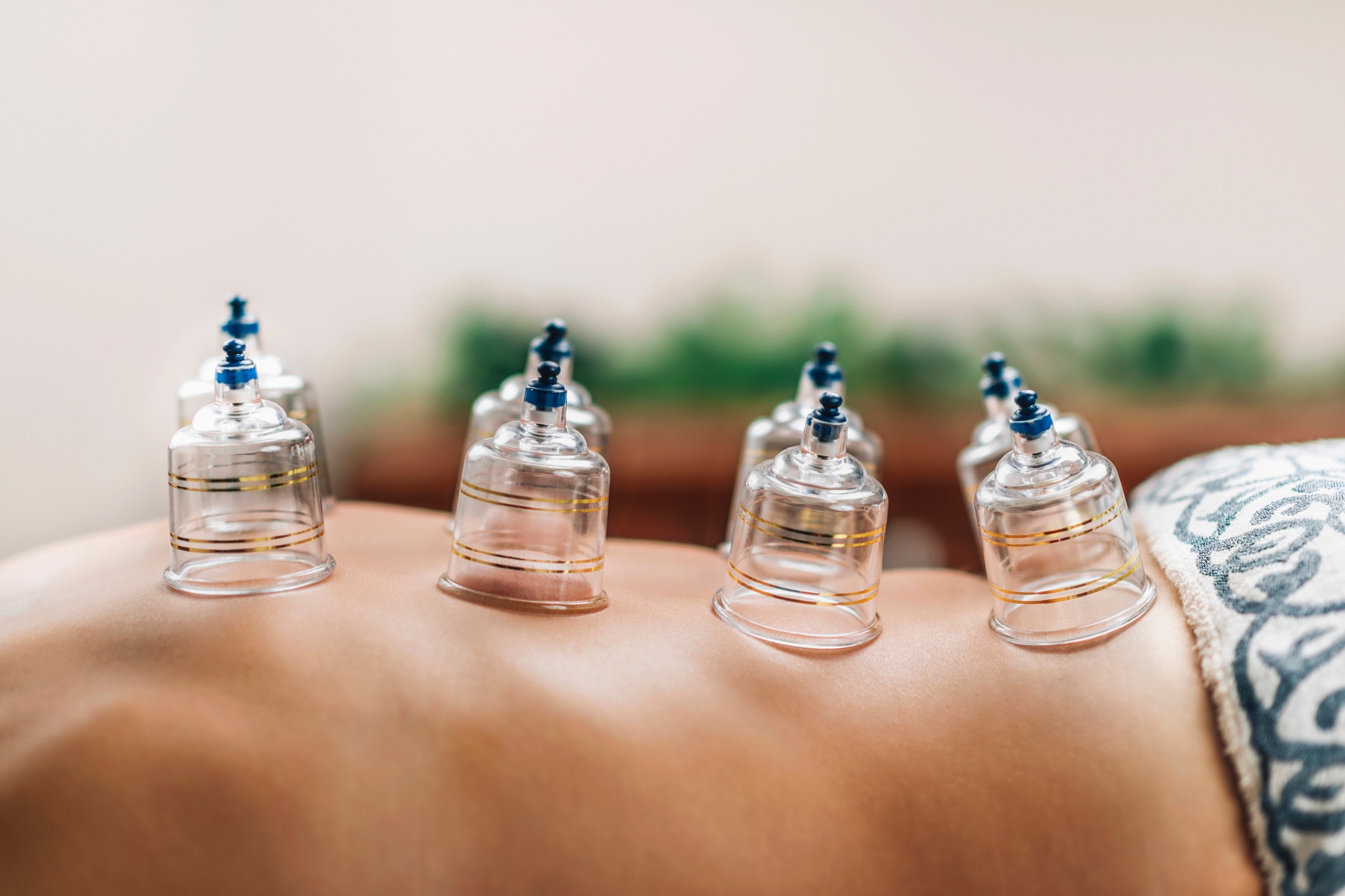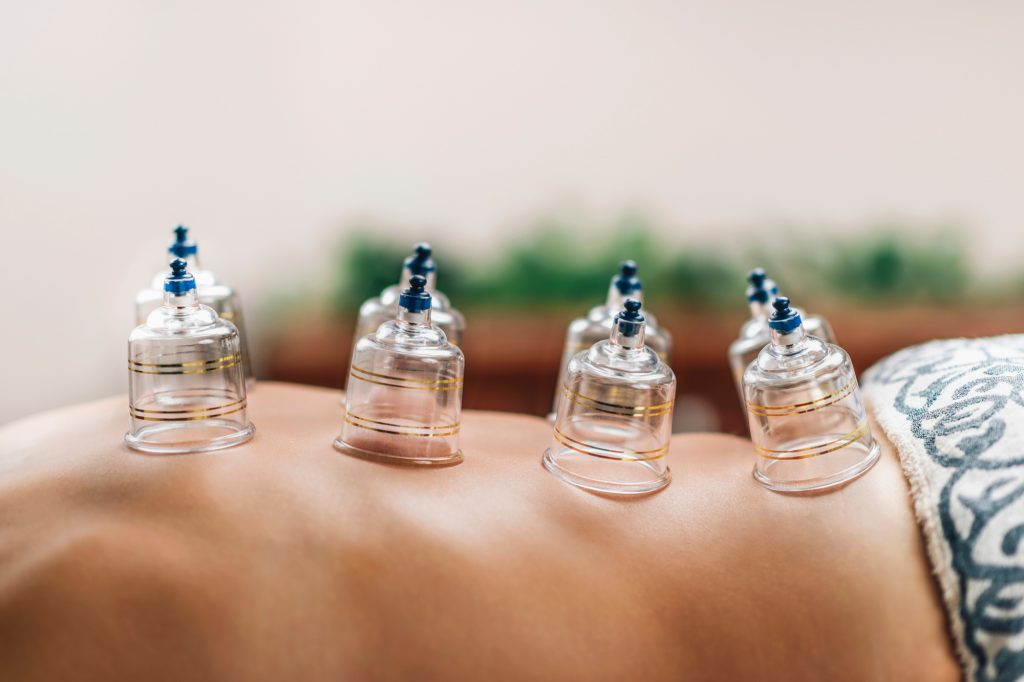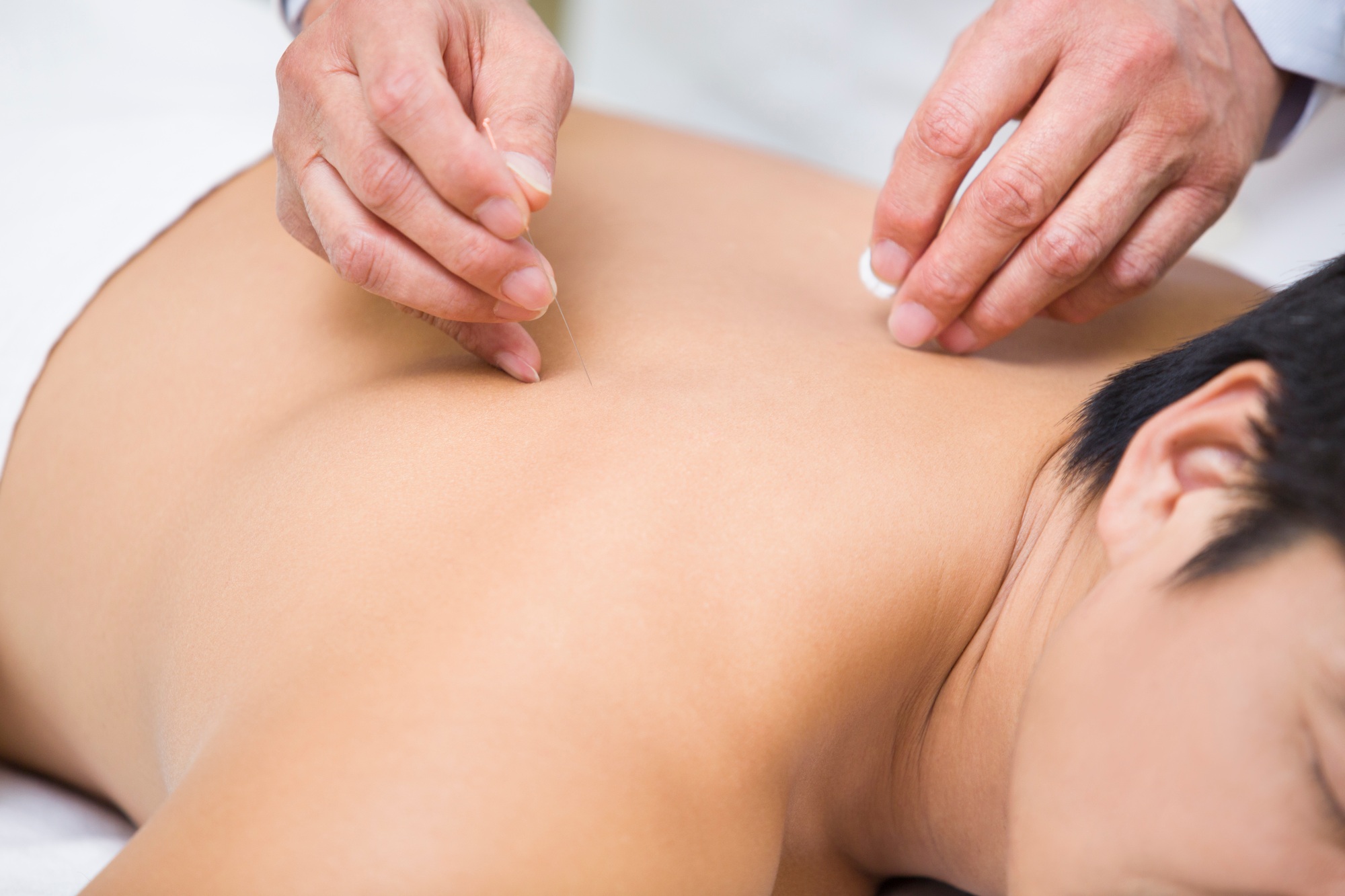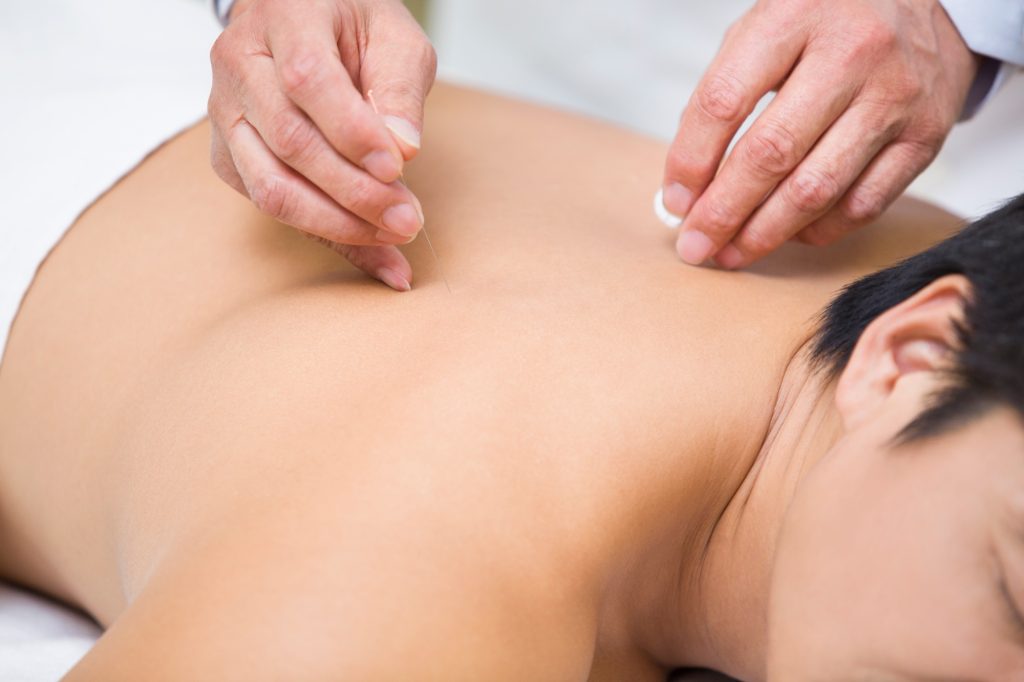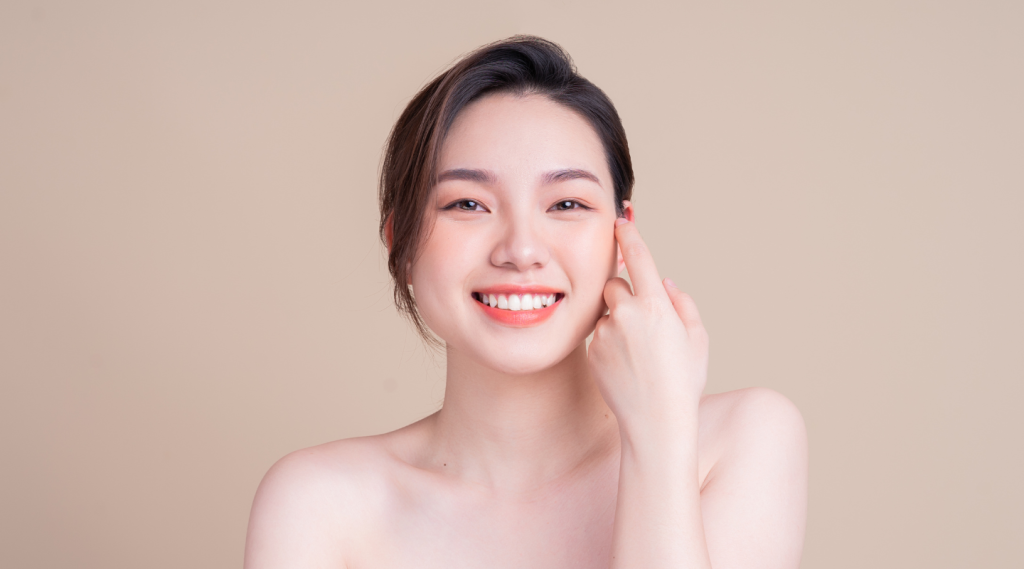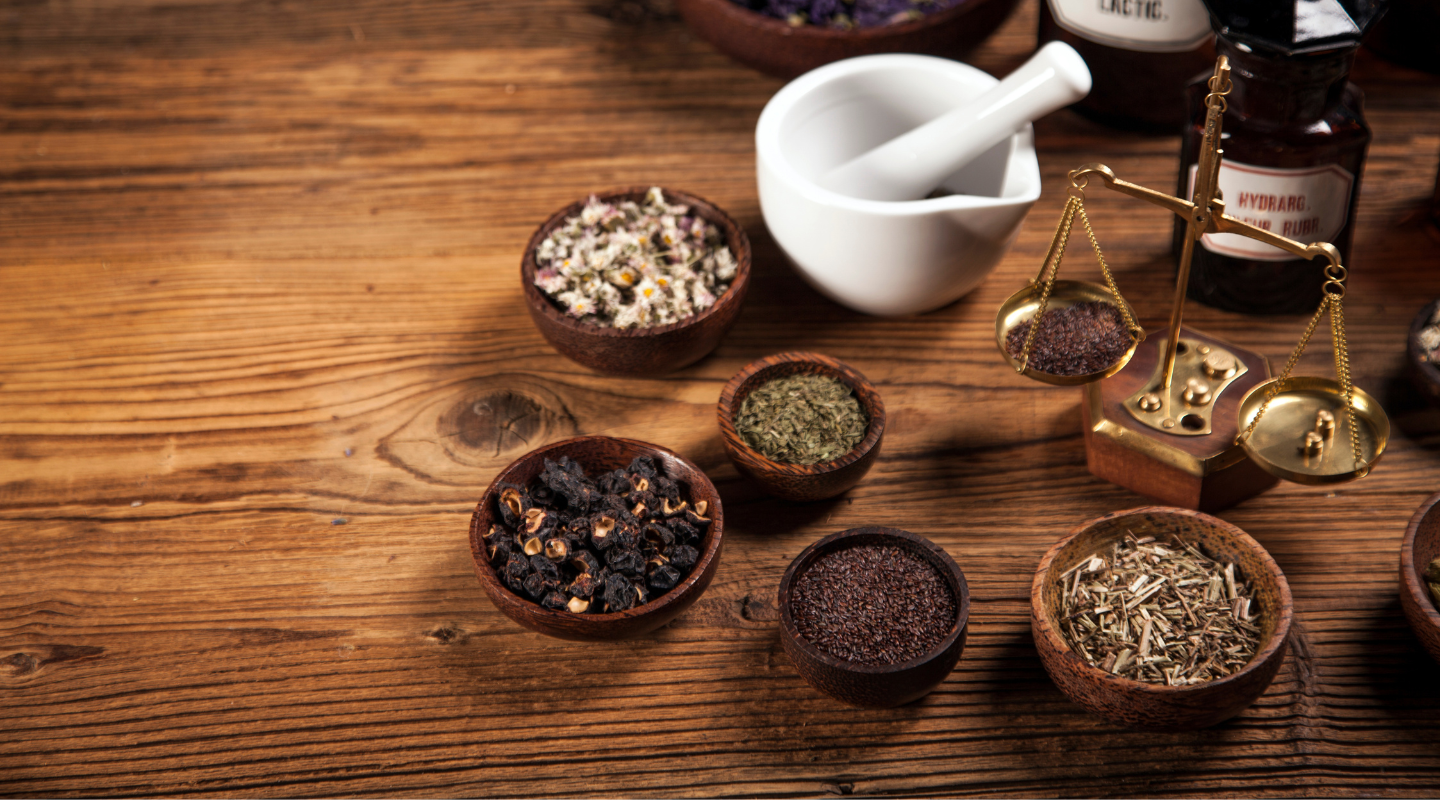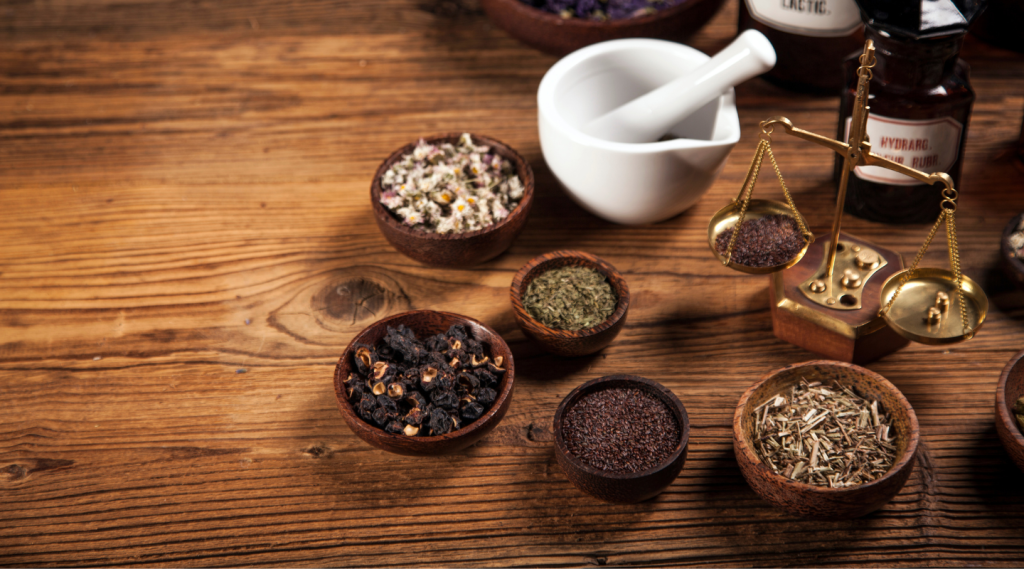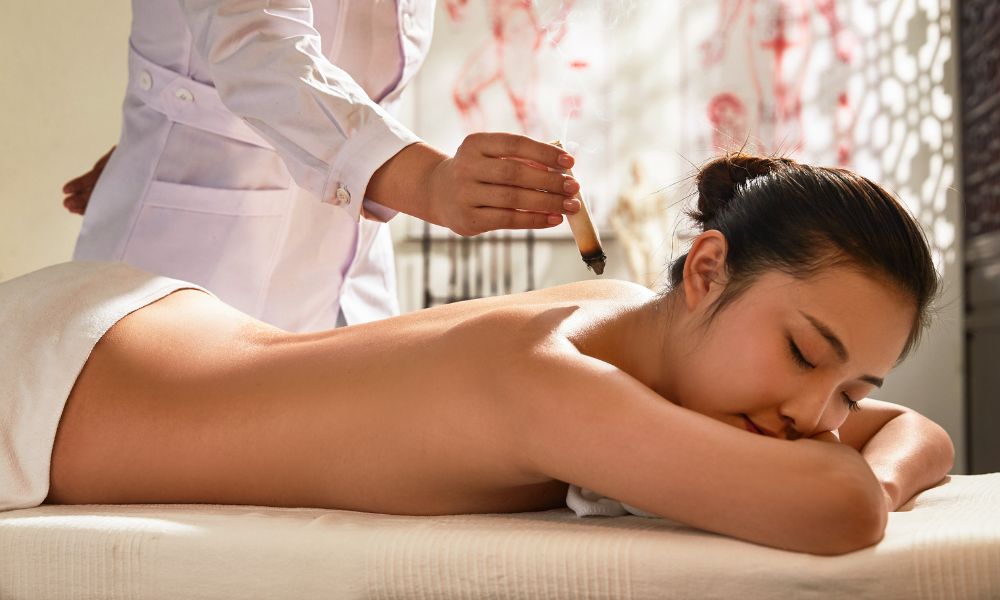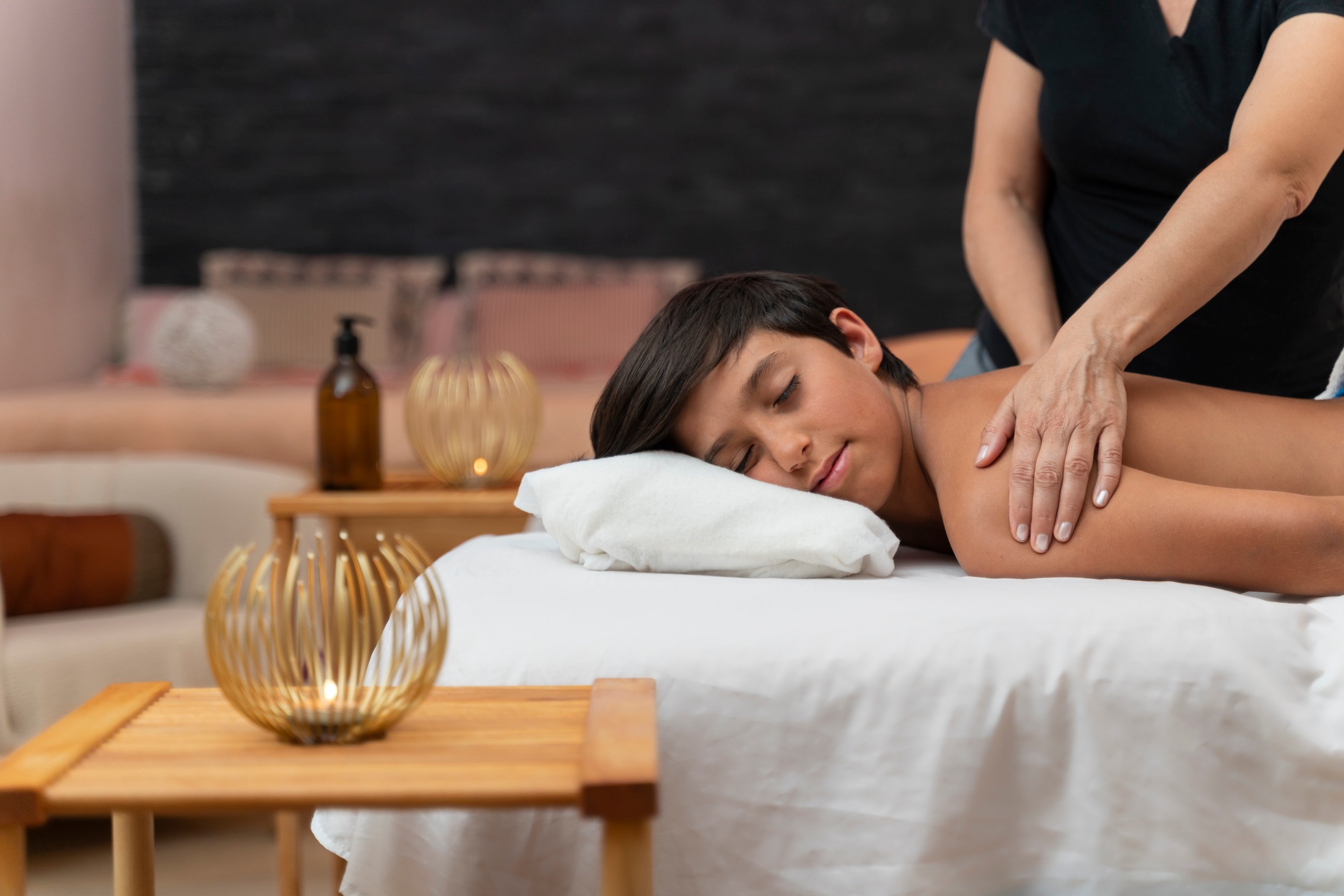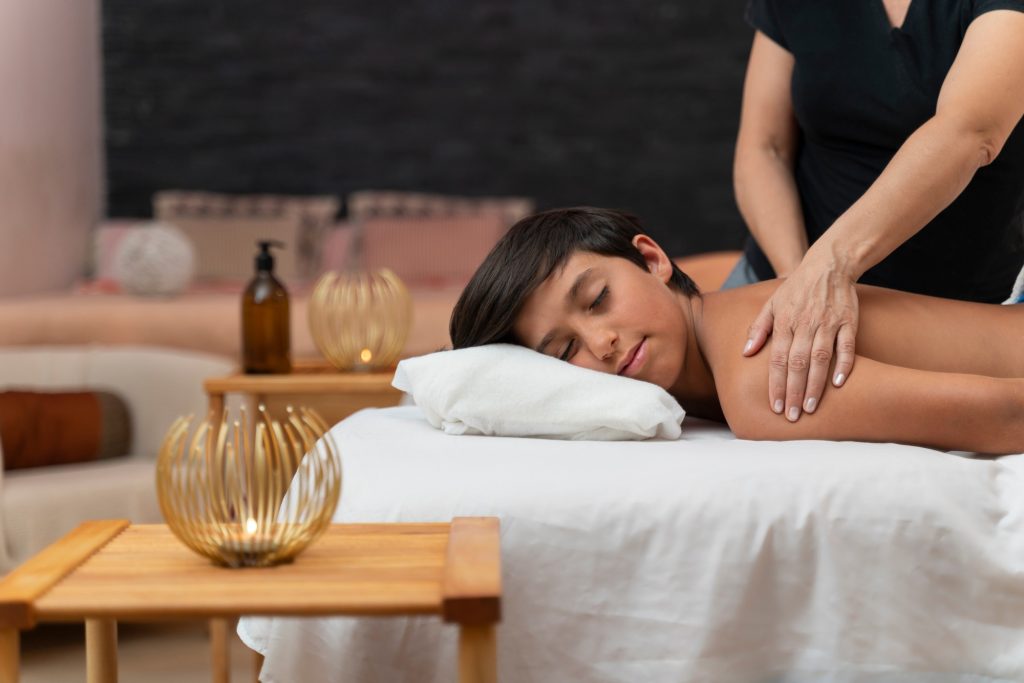Traditional Chinese Medicine Therapy: A Complete Guide to Holistic Healing
Traditional Chinese Medicine Therapy is a holistic healing system designed to restore balance in the body, improve energy flow, and support long-term wellness using natural techniques such as acupuncture, tuina medical massage, herbal medicine, moxibustion, and cupping therapy. Rooted in thousands of years of clinical practice, TCM focuses on treating the root cause of health issues rather than simply addressing symptoms. This makes it a trusted choice for individuals seeking natural, safe, and comprehensive health solutions.
Understanding Traditional Chinese Medicine Therapy
Traditional Chinese Medicine Therapy is based on the principles of Yin-Yang balance and the Five Elements theory. When the flow of Qi (vital energy) becomes blocked or imbalanced, the body may experience symptoms such as chronic pain, insomnia, stress, digestive issues, fatigue, or hormonal disturbances. TCM treatments aim to restore this balance by harmonizing internal systems.
The major therapies used include:
- Acupuncture to regulate Qi flow and relieve pain
- Tuina medical massage to ease muscle tension and improve mobility
- Herbal medicine to nourish and balance internal organ systems
- Cupping therapy to promote circulation and remove stagnation
- Moxibustion to warm and strengthen the body
Key Benefits of Traditional Chinese Medicine Therapy
TCM supports the body’s natural healing ability through gentle, minimally invasive methods. Patients frequently experience:
- Relief from back, neck, and shoulder pain
- Reduced migraine frequency
- Better sleep quality
- Improved digestion
- Enhanced mental clarity and relaxation
- Hormonal regulation
- Faster recovery from injuries or physical strain
A summary table for clarity:
| Common Condition | Recommended TCM Therapy | Main Benefits |
|---|---|---|
| Muscle & joint pain | Acupuncture, Tuina | Pain relief & improved circulation |
| Insomnia | Acupuncture, Herbs | Deeper, more restful sleep |
| Anxiety & stress | Tuina, Acupuncture | Calmness & reduced tension |
| Digestive issues | Herbs, Acupressure | Better gut function |
| Hormonal imbalance | Moxibustion, Acupuncture | Balanced cycles & energy |
How a Typical TCM Therapy Session Works
A Traditional Chinese Medicine Therapy session starts with a comprehensive consultation. During this process, the practitioner evaluates:
- Tongue condition
- Pulse quality
- Lifestyle patterns
- Sleep habits
- Existing symptoms and medical history
Typical treatment steps include:
- Full-body assessment to identify imbalances
- Selection of suitable therapy methods
- Application of acupuncture, tuina, cupping, or combined techniques
- Tracking progress and adjusting treatment
- Lifestyle recommendations for long-term balance
Popular Therapies Used in TCM
Acupuncture
Uses ultra-fine needles to stimulate energy pathways and release physical tension.
Tuina Medical Massage
A therapeutic massage that uses pressing, kneading, and stretching techniques to treat musculoskeletal discomfort.
Cupping Therapy
Helps improve blood circulation and remove stagnation. To learn more, visit our blog: cupping therapy marks meaning.
Herbal Medicine
Custom herbal formulas tailored to each individual’s unique health needs.
Moxibustion
A warming therapy using mugwort herb to strengthen Qi and support digestive and immune functions.
Traditional Chinese Medicine Therapy is a holistic healing system designed to restore balance in the body, improve energy flow, and support long-term wellness using natural techniques such as acupuncture, tuina medical massage, herbal medicine, moxibustion, and cupping therapy. Rooted in thousands of years of clinical practice, TCM focuses on treating the root cause of health issues rather than simply addressing symptoms. This makes it a trusted choice for individuals seeking natural, safe, and comprehensive health solutions.
Understanding Traditional Chinese Medicine Therapy
Traditional Chinese Medicine Therapy is based on the principles of Yin-Yang balance and the Five Elements theory. When the flow of Qi (vital energy) becomes blocked or imbalanced, the body may experience symptoms such as chronic pain, insomnia, stress, digestive issues, fatigue, or hormonal disturbances. TCM treatments aim to restore this balance by harmonizing internal systems.
- The major therapies used include:
- Acupuncture to regulate Qi flow and relieve pain
- Tuina medical massage to ease muscle tension and improve mobility
- Herbal medicine to nourish and balance internal organ systems
- Cupping therapy to promote circulation and remove stagnation
- Moxibustion to warm and strengthen the body
Key Benefits of Traditional Chinese Medicine Therapy
TCM supports the body’s natural healing ability through gentle, minimally invasive methods. Patients frequently experience:
- Relief from back, neck, and shoulder pain
- Reduced migraine frequency
- Better sleep quality
- Improved digestion
- Enhanced mental clarity and relaxation
- Hormonal regulation
- Faster recovery from injuries or physical strain
A summary table for clarity:
| Common Condition | Recommended TCM Therapy | Main Benefits |
|---|---|---|
| Muscle & joint pain | Acupuncture, Tuina | Pain relief & improved circulation |
| Insomnia | Acupuncture, Herbs | Deeper, more restful sleep |
| Anxiety & stress | Tuina, Acupuncture | Calmness & reduced tension |
| Digestive issues | Herbs, Acupressure | Better gut function |
| Hormonal imbalance | Moxibustion, Acupuncture | Balanced cycles & energy |
How a Typical TCM Therapy Session Works
A Traditional Chinese Medicine Therapy session starts with a comprehensive consultation. During this process, the practitioner evaluates:
- Tongue condition
- Pulse quality
- Lifestyle patterns
- Sleep habits
- Existing symptoms and medical history
Typical treatment steps include:
- Full-body assessment to identify imbalances
- Selection of suitable therapy methods
- Application of acupuncture, tuina, cupping, or combined techniques
- Tracking progress and adjusting treatment
- Lifestyle recommendations for long-term balance
Popular Therapies Used in TCM
Acupuncture
Uses ultra-fine needles to stimulate energy pathways and release physical tension.
Tuina Medical Massage
A therapeutic massage that uses pressing, kneading, and stretching techniques to treat musculoskeletal discomfort.
- Cupping Therapy
- Herbal Medicine
- Moxibustion
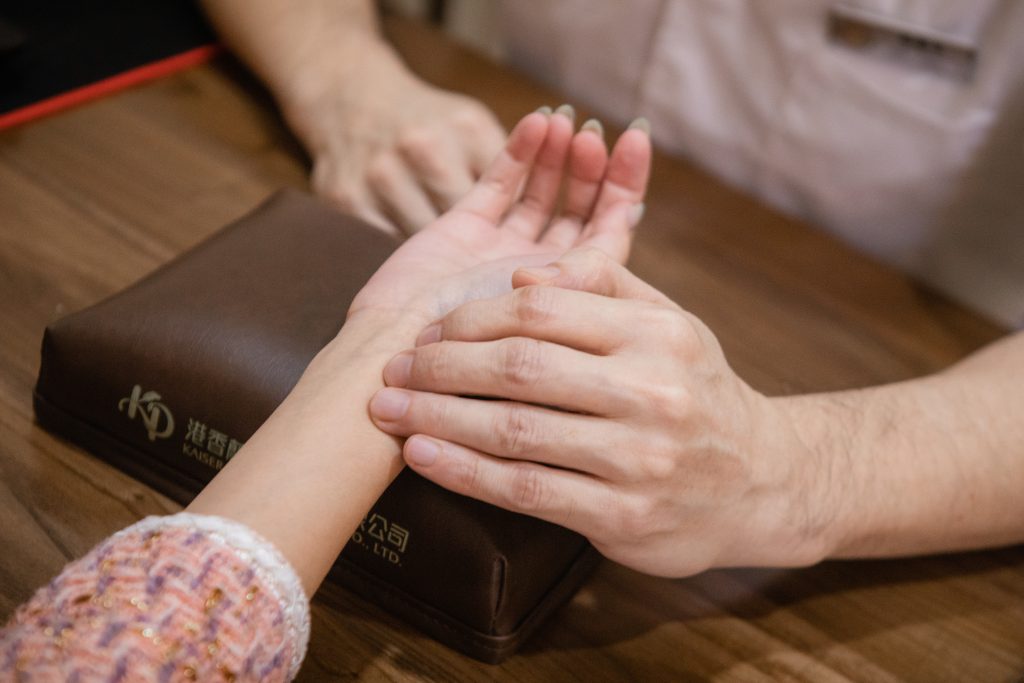
Conclusion and Next Steps
Traditional Chinese Medicine Therapy offers a deeply holistic approach to health by restoring balance across physical, emotional, and energetic systems. With the help of acupuncture, tuina massage, herbal remedies, and other natural therapies, many individuals experience meaningful improvements in pain, stress, digestion, sleep, and overall vitality. If you want to receive professional treatment from experienced TCM physicians, we invite you to explore our official website for detailed service information and personalized care options.
FAQs Section
Is Traditional Chinese Medicine Therapy safe?
Yes. When performed by a licensed practitioner, TCM is safe with minimal side effects.
How long does it take to see results?
Many patients feel improvement within 2–4 sessions, although chronic conditions may require longer treatment.
Can I combine TCM with Western medicine?
Absolutely. TCM is often used as a complementary therapy.
Does acupuncture hurt?
No. Most people feel only a mild sensation or warmth.
Are herbal medicines customized for each patient?
Yes. Formulas are tailor-made based on your body’s needs.



